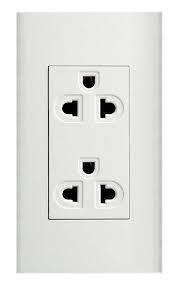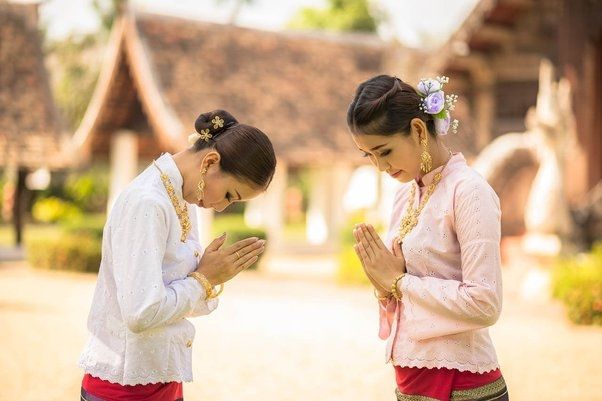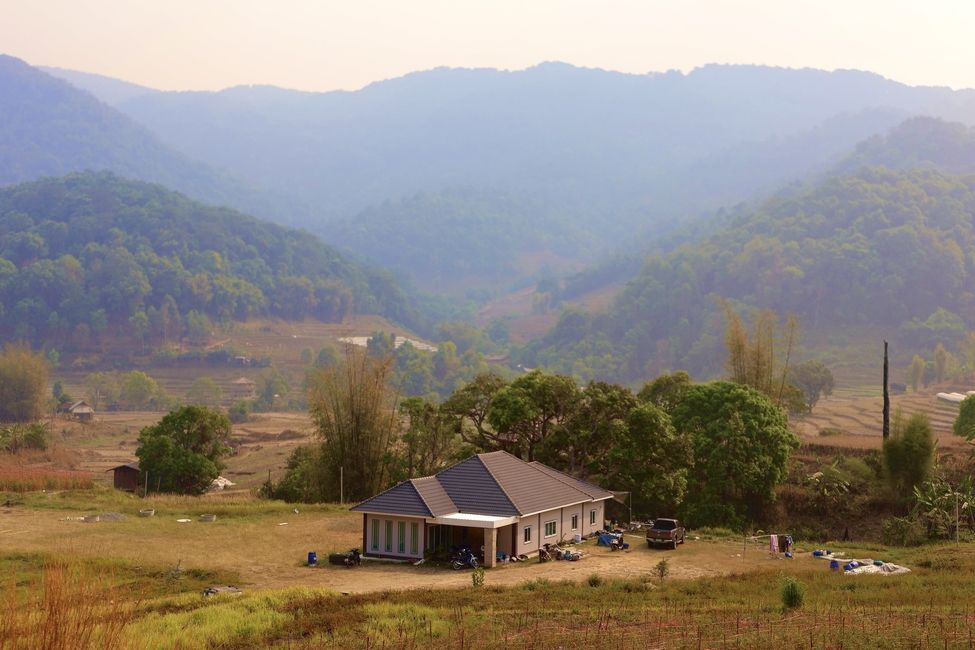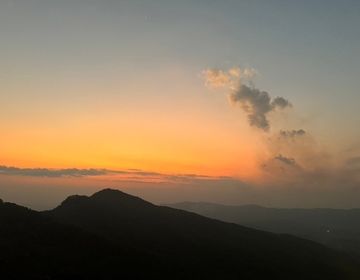First-Time Traveler's Guide to Thailand
Only six weeks remain of my year-long contract teaching English in Thailand. After months of talking about it, my family and I finally planned their trip to Thailand at the end of my contract. To help make their first trip to Southeast Asia less stressful, I decided to make them a Traveler’s Guide to Thailand. I am sharing it here for anyone who needs advice on traveling in Thailand!
Preparing/ Planning Travels
- Visa Exemption: Americans (but 92 other nationalities) can enter Thailand for an initial 60 days with the option to extend to 90 days without a visa!

Booking Accommodations, Tours, and Transportation
- Air conditioning. Thailand is hot all year round, so make sure your accommodation has it!
- Book accommodations through Bookings.com, Hostelworld.com, or Agoda.com, rather than Airbnb.
- 12GoAsia. This website is great for finding transportation from city to city. You can buy directly on the website, though this is typically more expensive. Or, you can book transportation through your hotel or hostel, which is often cheaper (though you will likely pay in cash).
- Viator and GetYourGuide. I recommend using these websites to browse for ideas of tours to book. Rather than book through the websites, you can also wait to book through your accommodation for cheaper and with more options.
- Bus over a van. Bus transportation is the main transportation in Thailand. Whenever possible, I would opt for a bus over a van. Virtually all of my van experiences had very little space, were often overbooked, and took longer than the bus due to unnecessary stops.
Essential Apps
- Google Translate: download the offline Thai dictionary
- Google Maps: download offline maps
- Grab and Bolt: taxi and motorbike calling apps (Motorbikes are typically cheaper on Grab and cars are typically cheaper on Bolt).
Packing Recommendations
- Light and airy clothing: Linen is one of the best materials to keep cool during the hot months (aka, all months). Anything skin-tight will likely feel suffocating, so ditch bringing jeans or tight clothing.
- Long clothing: Though counterintuitive, bring pants (not just shorts). Long clothing protects you from sun exposure (the Thai sun is no joke) and mosquitos.
- Anti-diarrhea medication: I've been there, done that, and no way will I ever travel without at least a couple of Imodium pills - just in case.
- Tampons: They have them in Thailand, but usually at pharmacies and not at all of them. They are much harder to come by than other forms of feminine products.
- Thai Baht: Thailand is NOT a credit card culture, and many tour agencies, restaurants, and markets will not accept card payments. The major exception would be if you stay at three-star hotels or higher. Then, you can likely pay with a card.
- Voltage Converter for larger electronic devices like laptops or hair dryers. In America, the voltage is 120 V, but in Thailand, it is 220. If you plug in your larger electronics without a converter, it can damage them (I, unfortunately, had to spend $50 to fix my computer to work again, but even then have permanent damage to my laptop. Please, take my advice on this one).
- No need to pack a travel adapter: Thai plugs can accommodate American (Type A or B) and European plugs (Type C).

- Leave some extra space for souvenirs. Check below for some potential souvenirs you may want to bring home!
Souvenir Guide: What You Can Expect to Buy
- Elephant pants and shirts: an absolute icon in Thailand
- Pashminas and shawls: These are handy, especially for going into temples to cover your shoulders.
- Spa and Aroma Products: this can include candles, soaps, reed diffusers, and body oils
- Change Purse: these tend to have elephants on them with a bright-colored background.
- Thai Tea Mix.
- Thai Inhalers and Balms: these inhalers help relieve headaches and congestion.
- Purses: Rattan bags/ purses (think "great beach bags") or fake name-brand purses (these look very convincingly like the real brands but for low prices).

- Sunglasses: If you are on the hunt, they sell sunglasses everywhere in Thailand for anywhere between 100 and 300 baht.
- Hair accessories and jewelry. Thailand has many chic and sweet bows, earrings, necklaces, rings, and hair clips! It is hard not to buy at least one!
- DO NOT take seashells from the beach as souvenirs or Buddha statues. Though they sell Buddha statues in so many tourist shops, it is illegal to take seashells and Buddha statues out of the country.
Simple Thai Phrases for Traveling
- Sawadee Krab (for males) OR Sawadee Ka (for females): Hello/ Goodbye
- Khob Khun Krab (for males) OR Khob Khun Ka (for females): Thank you
- Neet noi pet: a little bit spicy
- Mai pet: Not spicy
Food Etiquette
- Thai Spicy Food: If you typically have medium spice in America, you are a “little bit spicy” person in Thailand. Thai spice is not like any other kind of spice.
- Utensils: Thai people typically use a spoon and fork while eating rice or meat dishes, but chopsticks and spoons for noodle dishes like Pad Thai or Wonton Noodle Soup.
- Adding flavoring: Adding spices or seasonings to food is the norm in Thailand, and it is not considered rude. Typical condiments are sugar (people typically only add this to noodles), red pepper flakes, peppers, and fish sauce.
- Thai breakfast is very savory. Depending on where you travel to, and your budget, typical Western breakfasts of bread, waffles, and pancakes are rare. Instead, Thai breakfast options often mirror foods you might expect for lunch or dinner. Some examples include fried rice or rice with pork.
Tourism Etiquette
- 7-Elevens are your saving grace. Need to fuel up with electrolytes on a hot day? Need bug spray or sunscreen? Headache medicine, small snack, quick drink? To live the Thai way, try the infamous Toasties!
- Look right, then left. In Thailand, they drive on the left!
- Visiting Elephants: there is a fair share of ethical and unethical elephant sanctuaries. The tell-tale sign of an unethical elephant sanctuary is they allow you to ride an elephant.
- Temple Etiquette: When you go to a temple, dress appropriately. This means no shoulders or knees showing and no tight shows. Also, when in the temple, do not point your feet to the Buddha. By this, I mean that when sitting in a temple, sit on your knees so your feet point to the back of the temple or sit crisscross.
- Wai: In Thailand, often for greeting or thanking you bow to the other person while putting your hands together in front of your chest and lowering your head.

Related Posts
Being Black in Thailand
Thailand is a culturally rich country. It’s chock-full of people from every corner of the globe. Even still, it’s still easy to question if you’re the type of person that... keep reading
A Comprehensive Guide of Things To Do in Chiang Rai
I’m sure you’ve heard Chiang Rai is only worth a 1-day detour during your stay in Chiang Mai. I’m here to challenge that notion. Thailand’s Chiang Rai province is home... keep reading
What to Expect from CIEE’s 150-Hour TEFL Certificate Course
If you’re considering getting CIEE’s 150-Hour TEFL Certificate Course, you’re probably curious about how well it actually prepares you to teach abroad, as well as the level of support you’ll... keep reading




